Fedora 28 is the first release of 2018 of the developers’ favorite operating system. Packing cutting-edge features and pushing forward the whole Linux ecosystem here comes Fedora 28 and how to install it!
Important
I take absolutely NO responsibility of what you do with your machine; use this tutorial as a guide and remember you can possibly cause data loss if you touch things carelessly.
How to install Fedora 28
Tip!
In Fedora 28 during the whole installation process (step 3 to 8) there will be a “Help!” button in the top-right corner. If you ever need some help.

1) Boot from a support
The first thing you have to do to proceed with the installation of Fedora 28 is boot it from a support (CD/DVD and USB Pendrives are today the best options), if you don’t know how to burn the image onto the support find a tutorial on the Internet or use this tutorial. Once you have your support, reboot your machine, select an option like “boot options” or “boot priority list” and select your support, in this way you should see this screen. Select “Start Fedora-Workstation-Live 28” to start the installation. Once done, you will be facing the login screen, click on "Live System User" to get to the next step.

2) Fedora 28 Live
Now you’re in the live media, your computer is still untouched. From here you can choose to try Fedora 28 (try it a bit to see if everything works fine; usually audio, video, peripherals and network are the things to look at) or to install it right away. When you’re ready to install move on to the next step.

3) Welcome to Fedora 28
In this step you just need to select your preferred language and keyboard layout during the installation. Selecting your language here will affect only the installation, and you can always change system’s language after the installation.

4) The hub
This is the hub of the installation that will guide you through the basic configuration. Also, until you click “Begin Installation” there won’t be changes happening on your computer. So be relaxed and don’t panic. I will review each step of the hub excluding “keyboard” which should have been set on the second step.

4.1) Date & Time
By clicking on Date & Time, this will be the screen you’ll be facing. Just select your time zone and set your current time. If you have selected (and I suggest you to) Network Time, time and date will be retrieved from the Internet. If you have no Internet connectivity, disable it by switching off the switch on the top-right corner.

4.2.1) Selecting devices
This is the most crucial step in the whole installation, pay great attention to what you do, since messing here may mean data loss. In this step you need to select the devices where you want to install Fedora 28 on (yes you can specify multiple devices, but if you’re not experienced, just check one). Now you can face two different scenarios: an empty drive or one or more OS installed. If you have an empty drive, just be sure to select “Automatically configure partitioning” and you’re ready to go. If you haven’t an empty drive or want to do things manually follow one of the next two steps.

4.2.2) CASE 1 - You have an empty drive
In the case you have an empty drive the screen will be like the one above. If you have enough knowledge you can partition your disk according to your own needs. But if you haven’t I suggest you click on “Click here to create them automatically” (it will have the same effects of “Automatically configure partitioning” in the precedent step.

4.2.2) CASE 1 - You have an empty drive - result
In case you have an empty drive you will see a similar screen if you proceeded correctly.

4.2.3) CASE 2 - You have one or more OS installed
In this scenario you have one or more OS installed on your disk. In my screenshot I had a Windows 10 installation, but it is not (yet) properly recognized and is shown as “Unknown”.
- If you want to delete one or more Operating Systems just highlight them and click the minus “-” on the bottom of the left box. After that just click Click here to create them automatically or create partitions manually to complete the step and click done.
- If you decided to install Fedora 28 alongside another Operating System just click on Click here to create them automatically.

4.2.3) CASE 2 - You have one or more OS installed - result
In the case you have one or more OS installed, you'll be facing a similar screen if you proceeded correctly. You can clearly see the new installation (top) and the preserved pre-existing OS (bottom) called "unknown".

5) All ready!
At this point you will have everything configured, beware, now is your last chance to recognize mistakes, and if you click “Begin Installation” the installation will proceed and start modifying your disks. So be sure to double check everything if you have doubts, or ask the help of someone experienced.

6) Installation complete
The installation is finished, Fedora 28 has been correctly installed, but there's still something you need to configure, to do so reboot the machine. Firstly press quit to exit; unlike previous versions, the reboot won’t be automatic so you will have to reboot it manually depending on which Desktop Environment you’re using in the live media. (Usually GNOME: top-right corner; KDE: bottom-left corner.)

7) Initial setup - Welcome
Once the machine has rebooted you will be welcomed by this screen that will guide you through the initial setup of your workstation.

7.1) Initial setup - Privacy
In the era of information Privacy is a long-standing issue, in this step you can easily opt out of data collection performed in order to improve Fedora.

7.2) Initial setup - Online Accounts
In this step you can configure the integration with your online accounts, or you can skip them altogether if you don't use any.

7.3) Initial setup - Configuring user
In this step you will input your full name and username, this will be your user in the system. The created user will also be an administrator user.

7.4) Initial setup - Configuring password
In this step you simply need to input a password, be sure to pick a strong one.
Important
Again: Try to use a strong password, including mixed-case letters, numbers and special characters. Choosing a strong password is important!

8) Initial setup - You're ready to go!
The initial setup is concluded, once you will click "Start Using Fedora" the system will log you out and ask your username and password to log you back in.
Conclusion
Fedora 28 is essentially the usual plethora of software updates and bugfixes, the installation procedure looks different (notable absences: user/root configuration and network) but it is also a new beginning for the Fedora Project. Fedora 28 is the first release to implement modularity, initially Fedora Boltron, a different version of Fedora implementing modularity was released, albeit in beta. Modularity has shifted and it is now part of Fedora itself, Boltron was deprecated. Another notable change is the introduction of Stratis, the next-gen local filesystem management tool that aims to replace ZFS and BTRFS.
Overall Fedora 28 can be seen as an outstanding “starting point”, I foresee the next couple of releases will be pretty interesting.
As always, if you spot issues or think there is anything I can improve in this tutorial, feel free to leave a comment down here : )
The IT guy with a slight look of boredom in his eyes. Freelancer. Current interests: Kubernetes, Tensorflow, shiny new things.

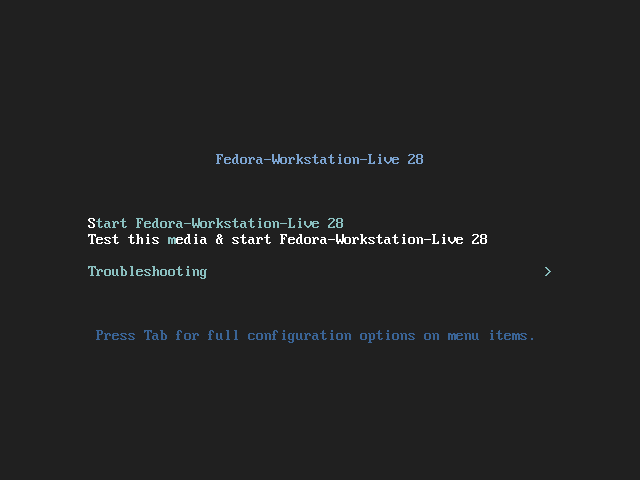
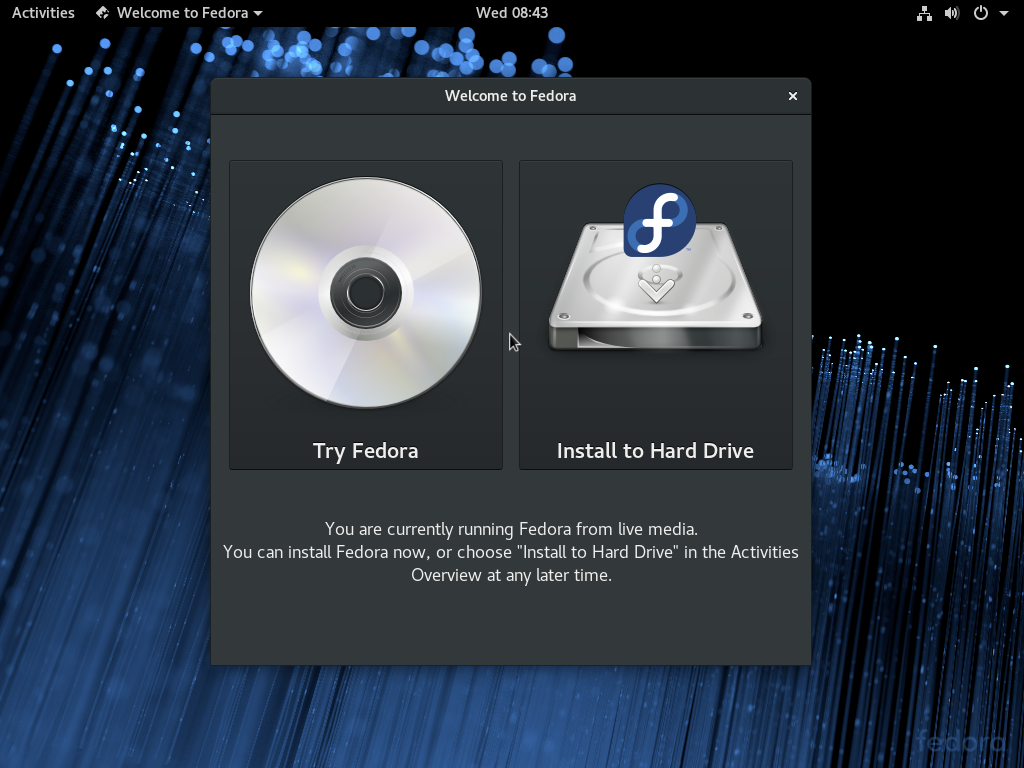
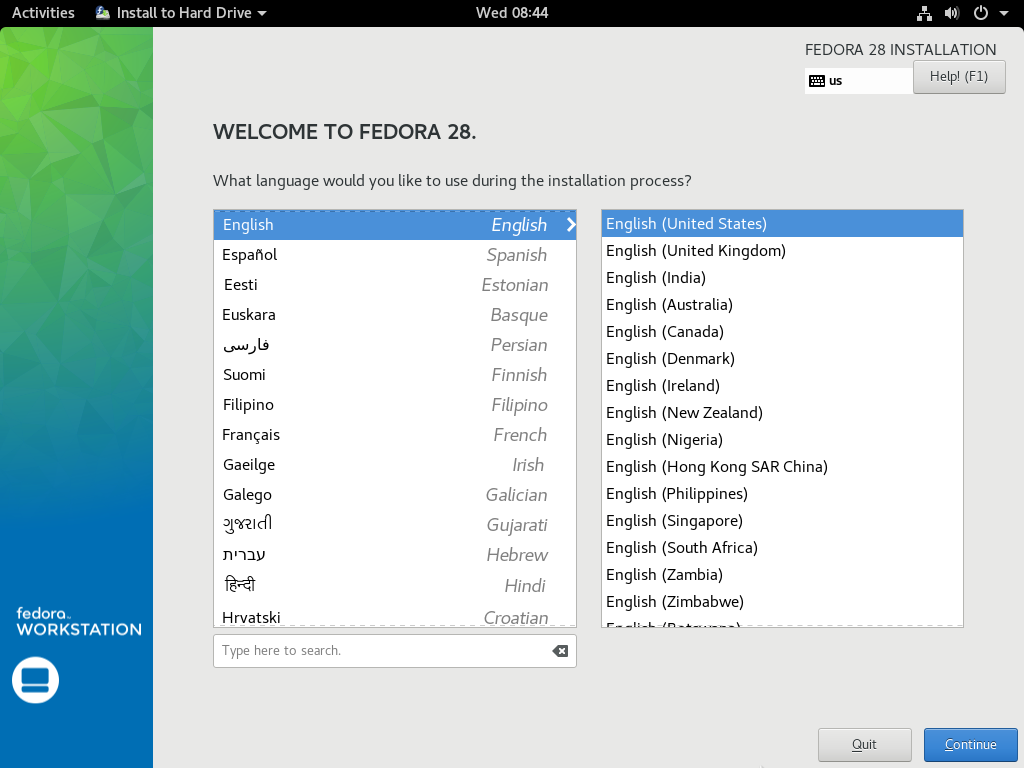
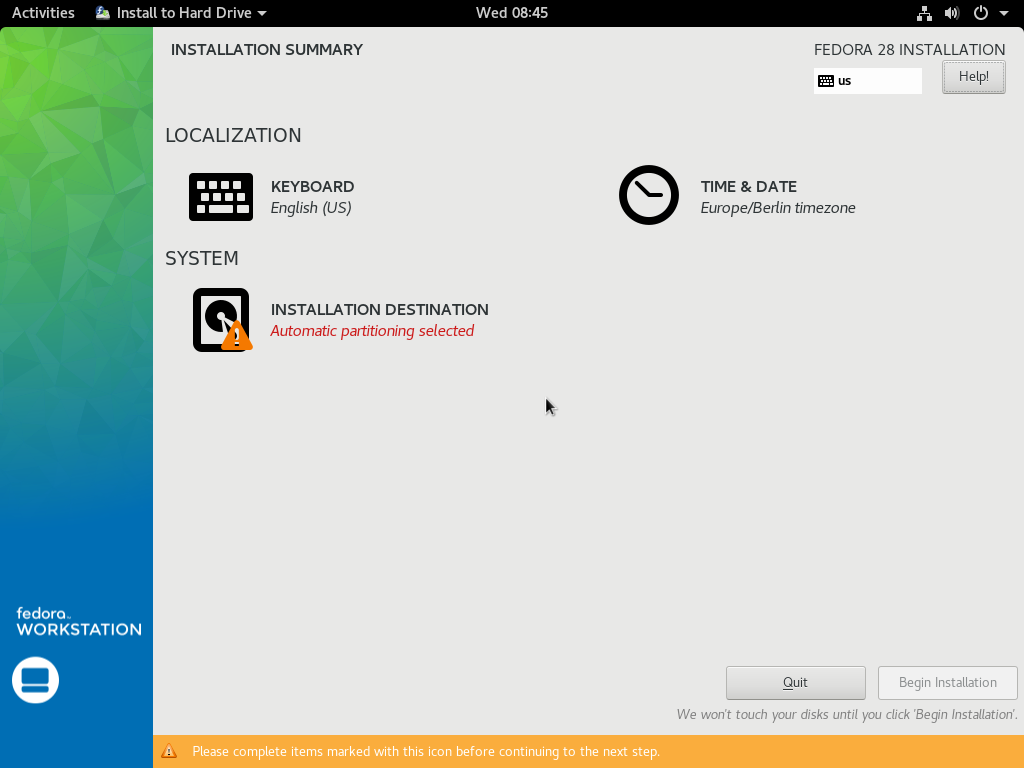
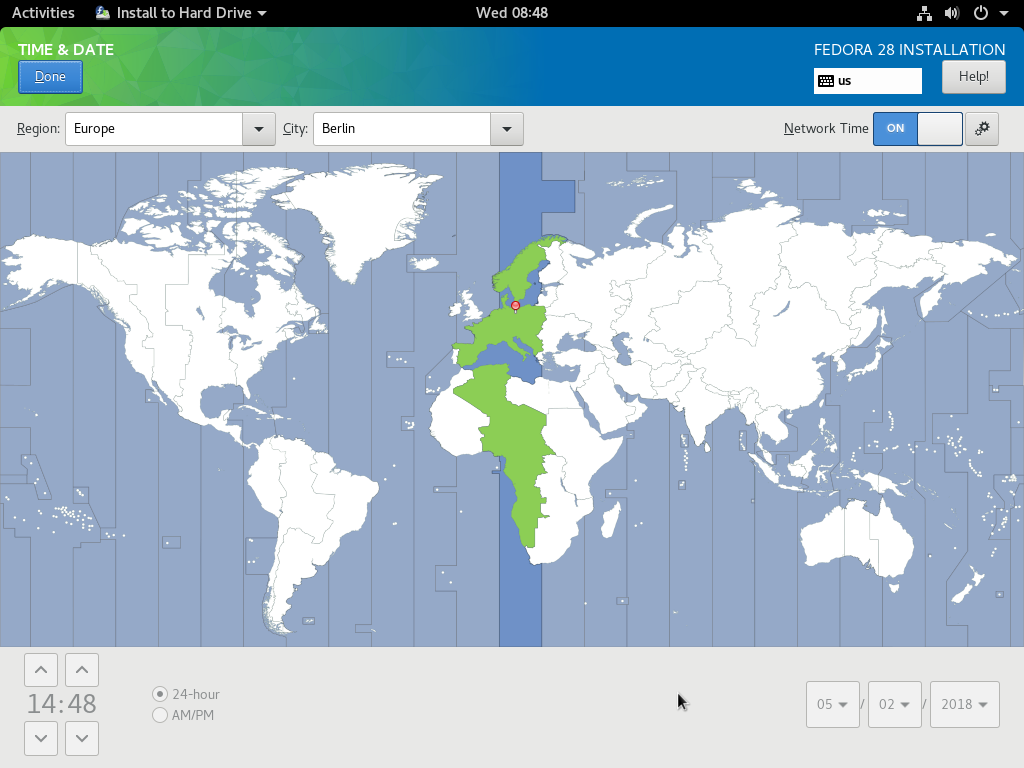
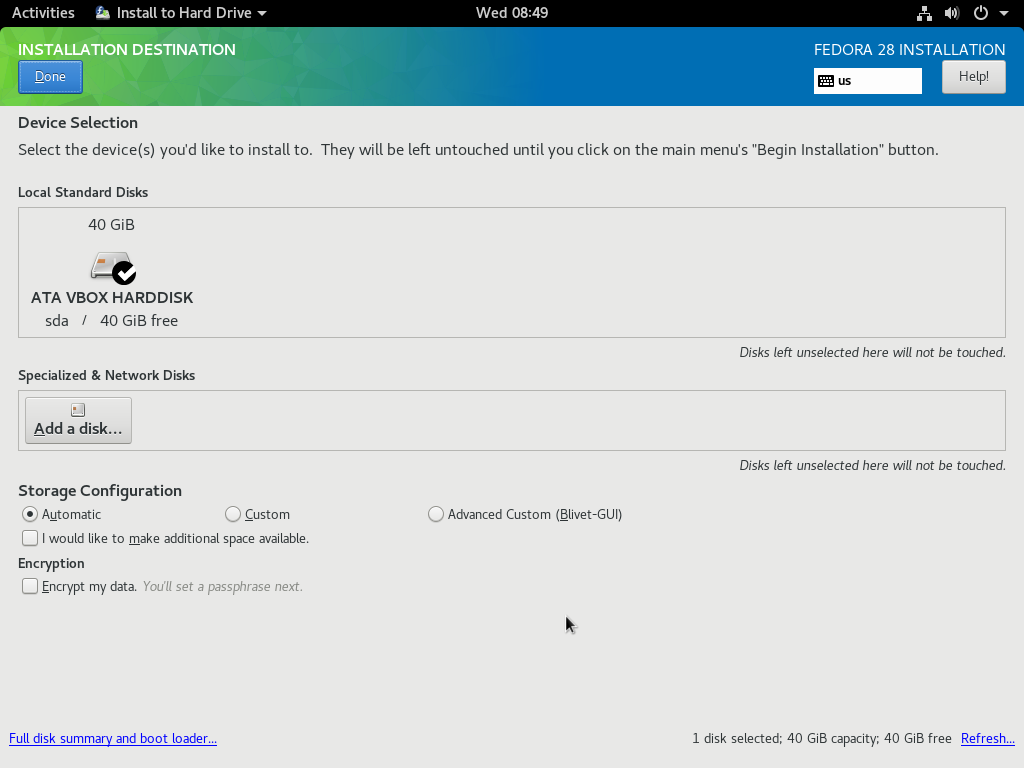
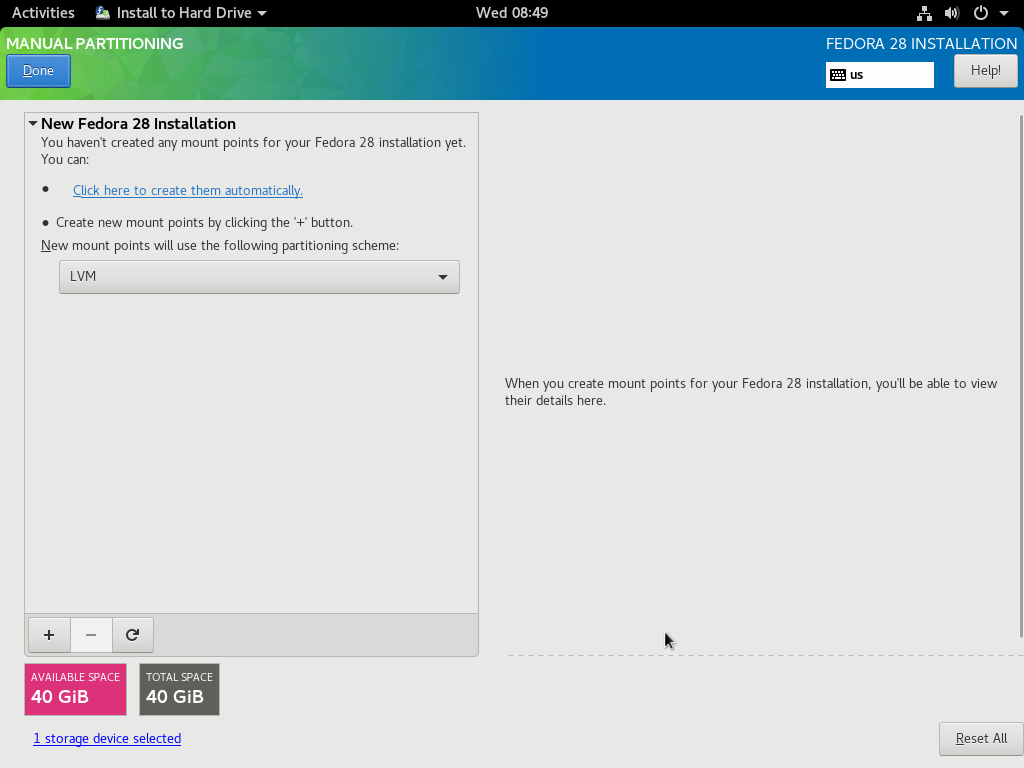
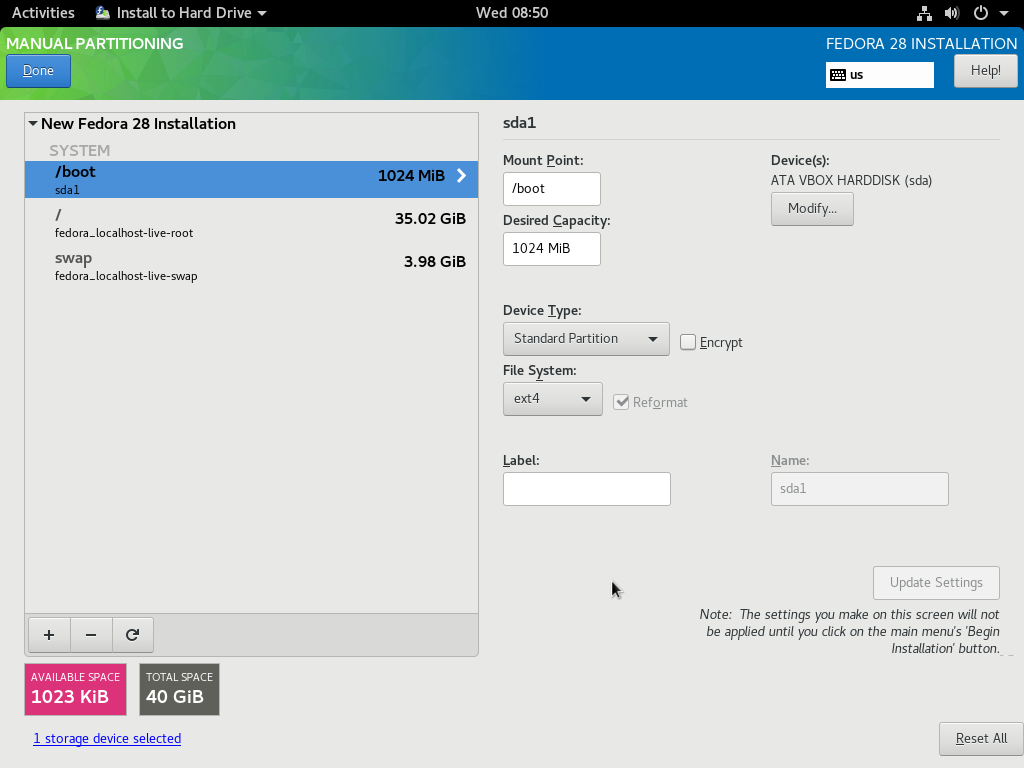
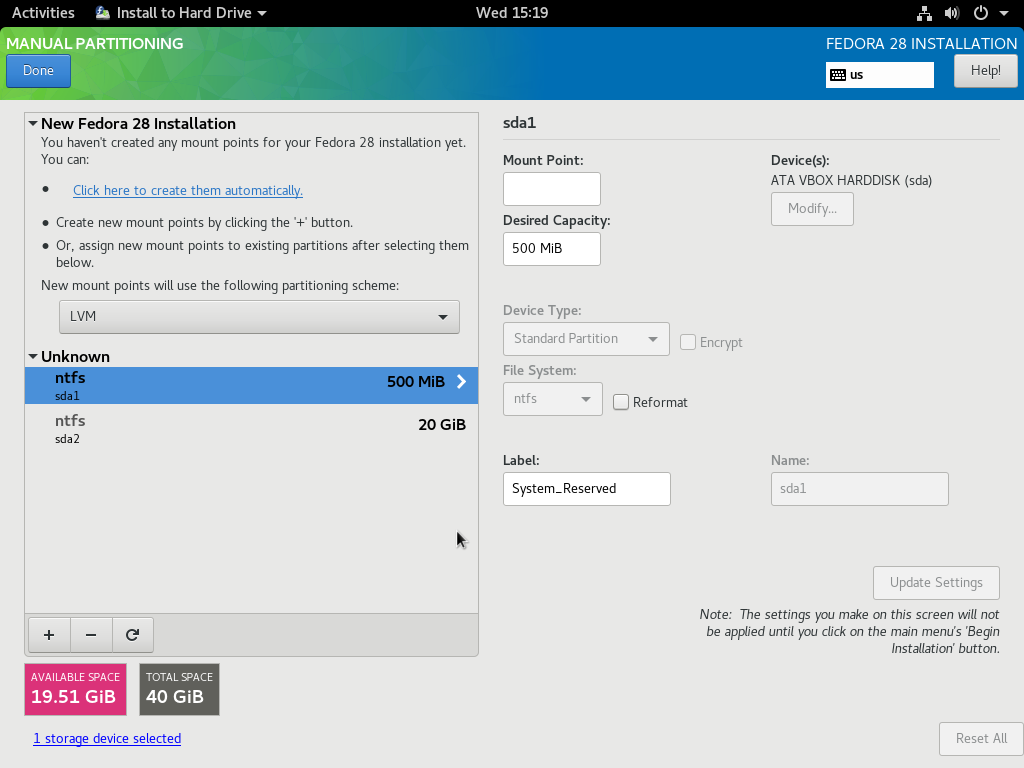
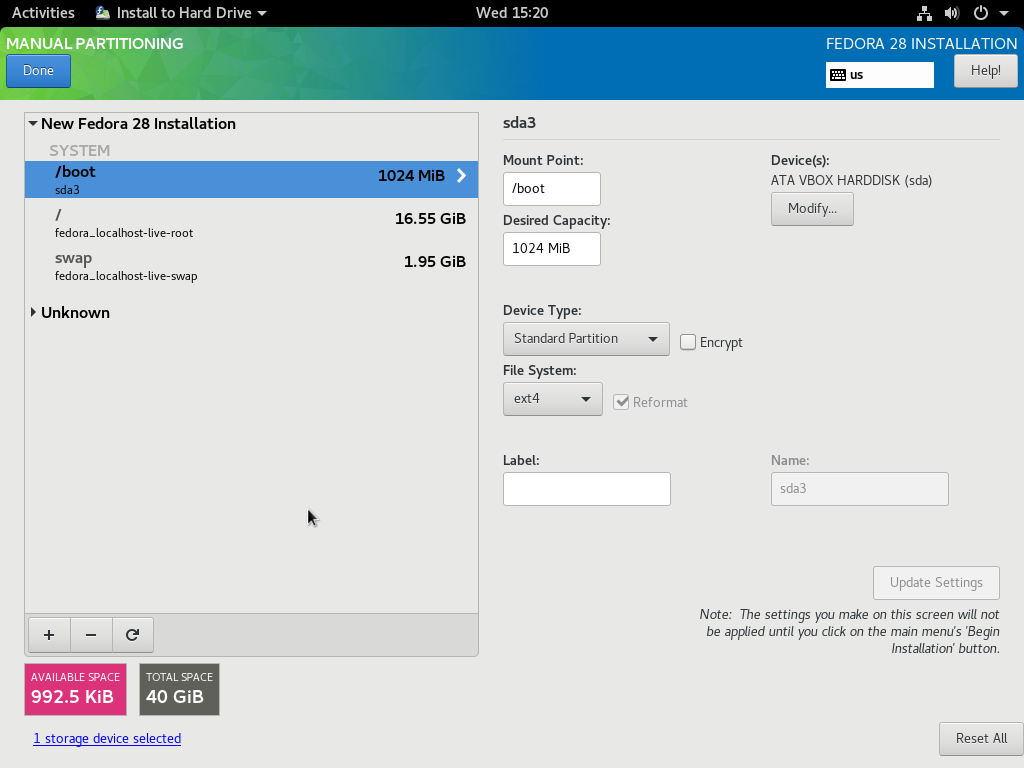
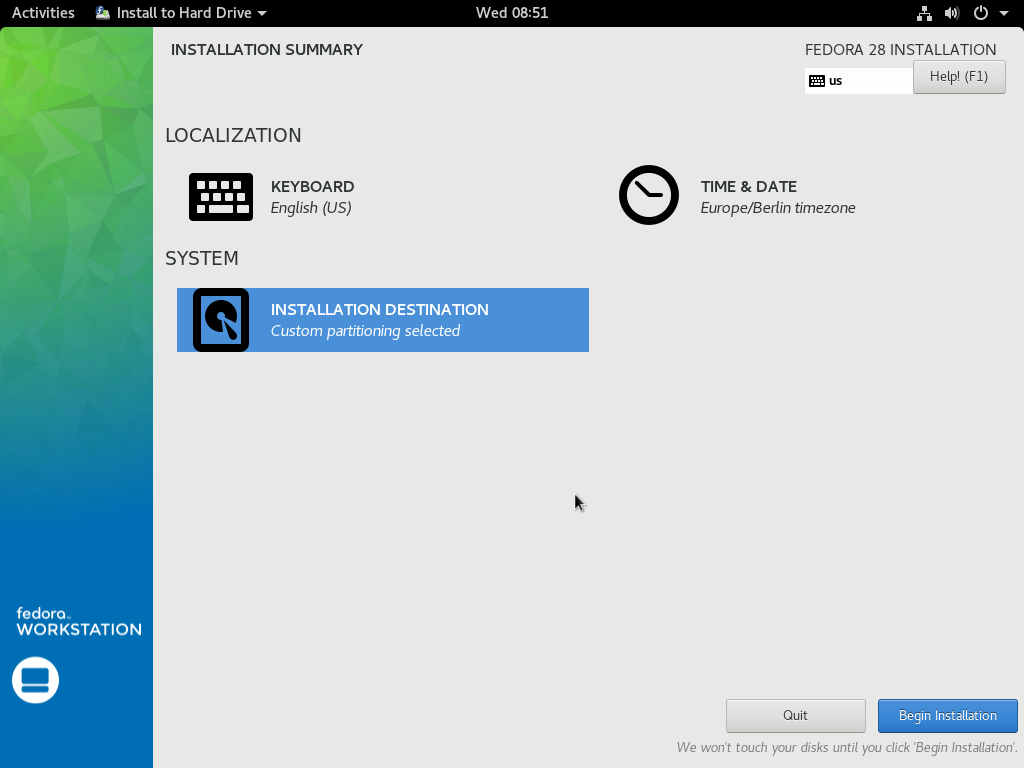
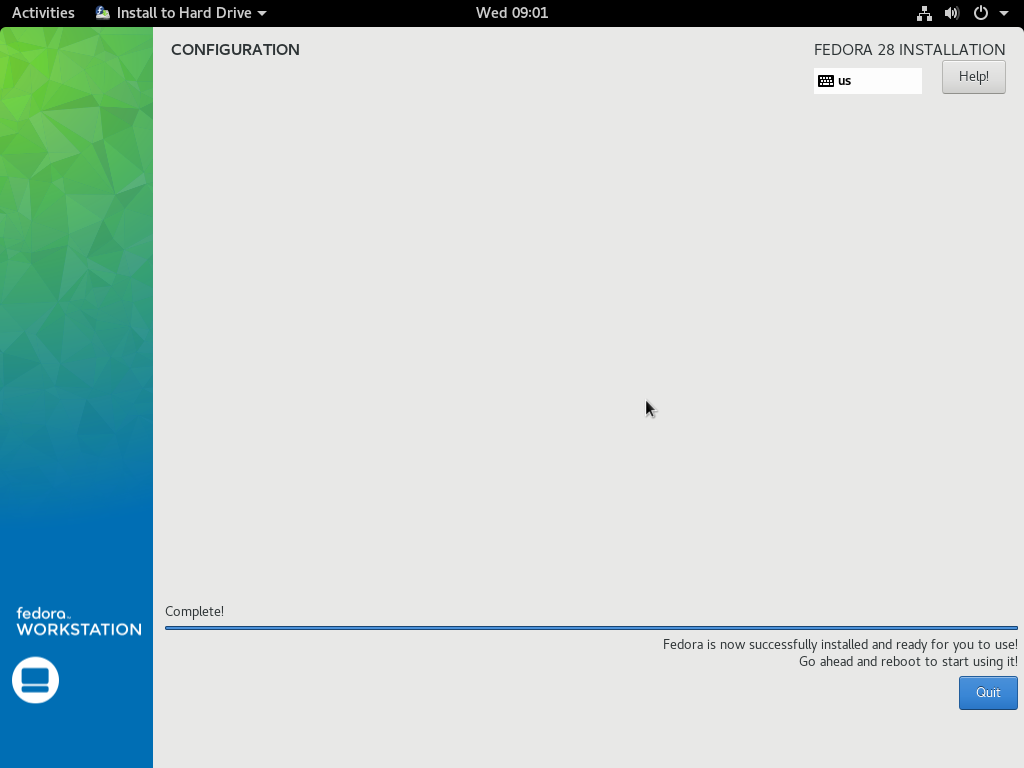
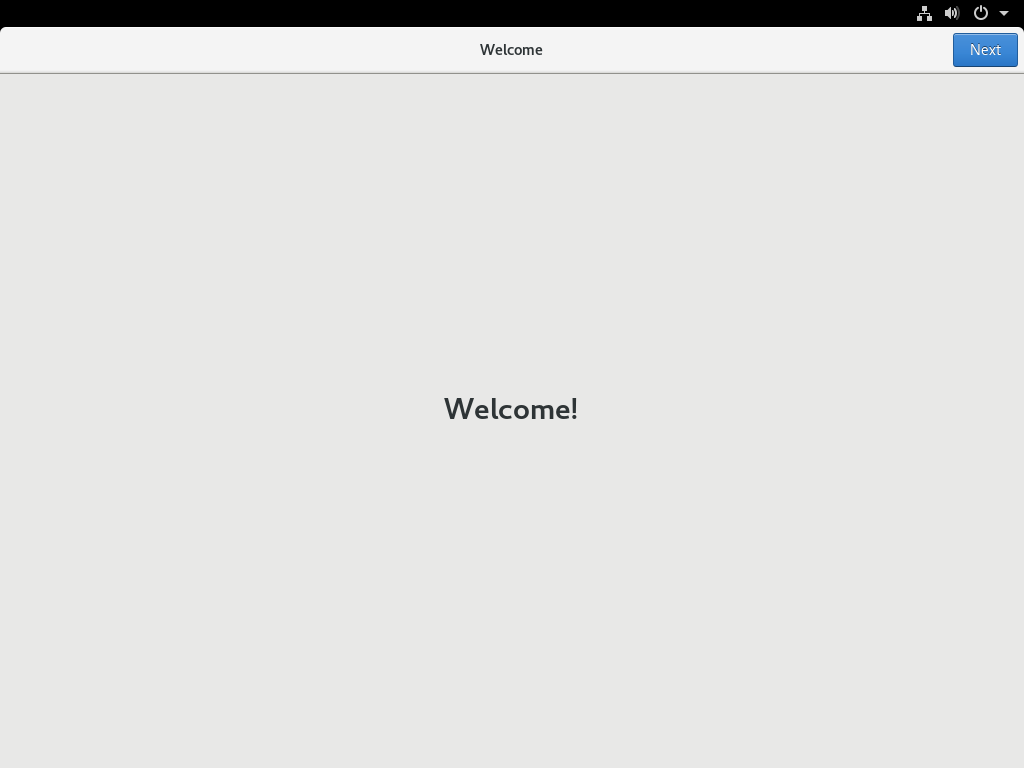
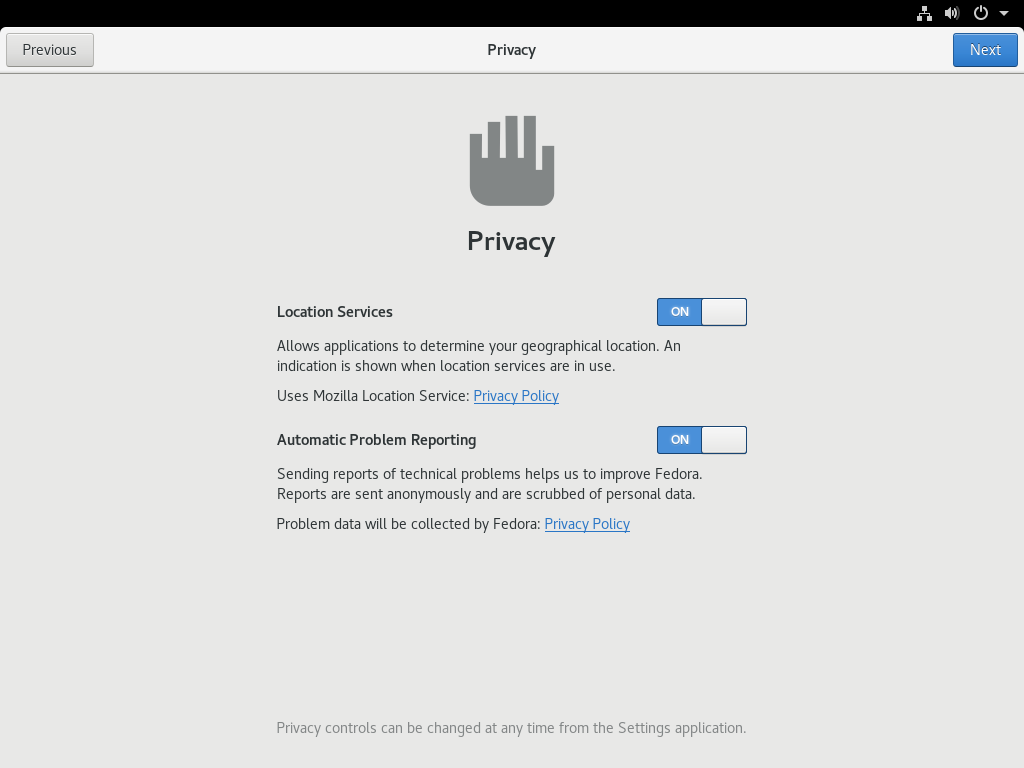
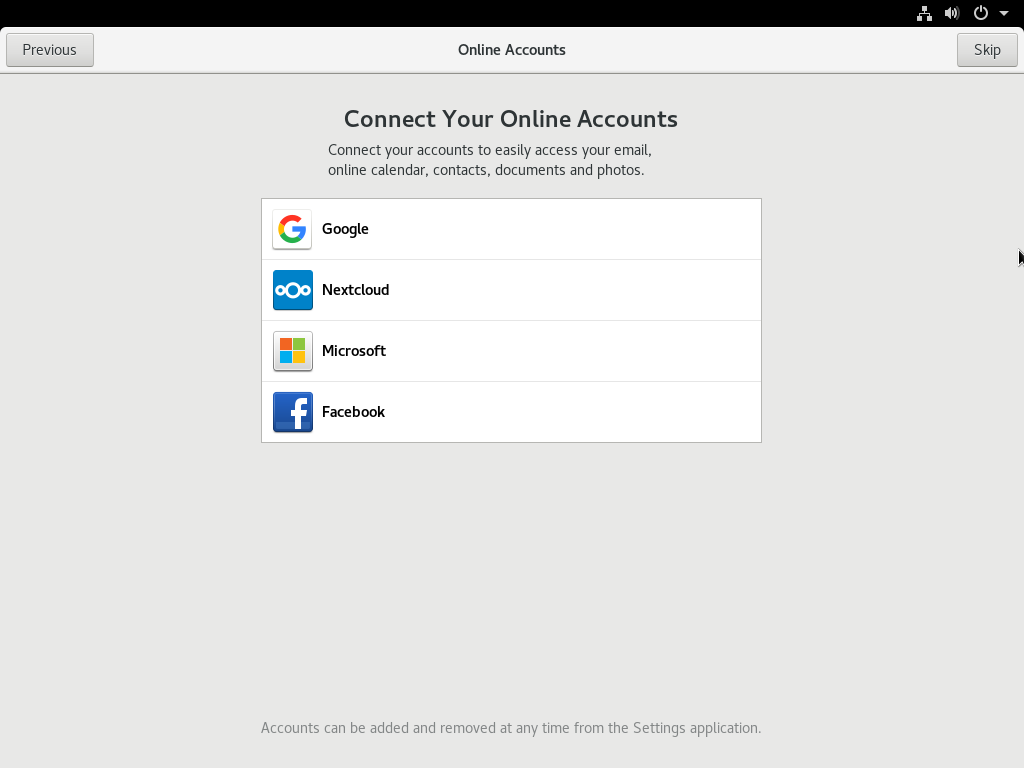
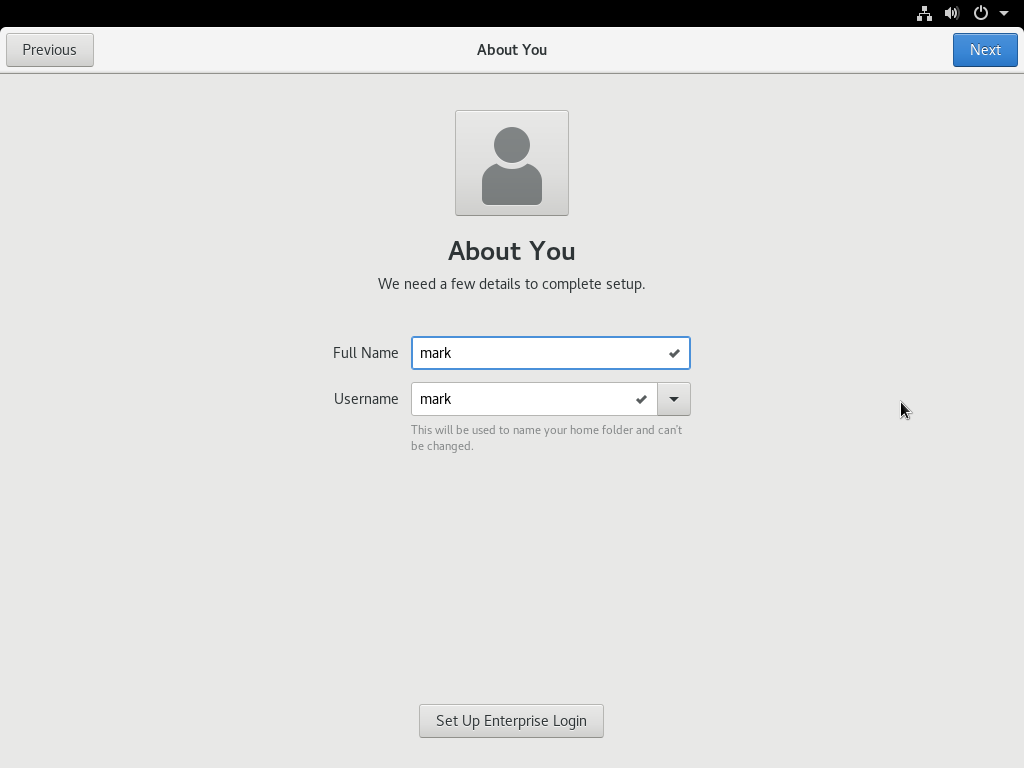
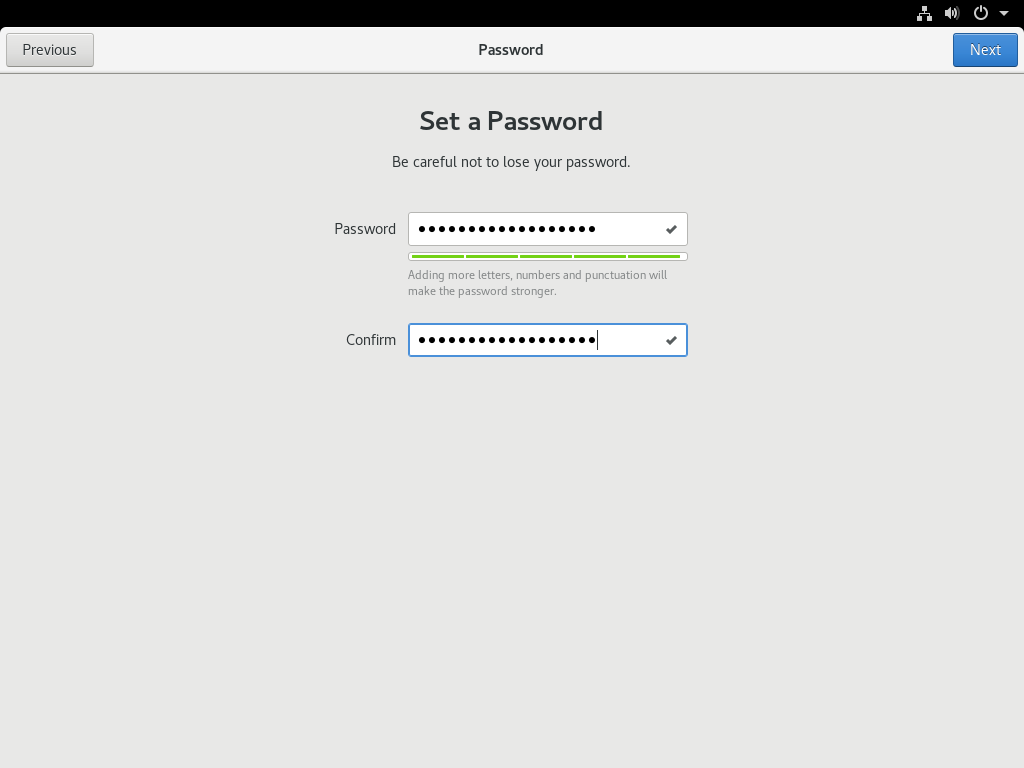
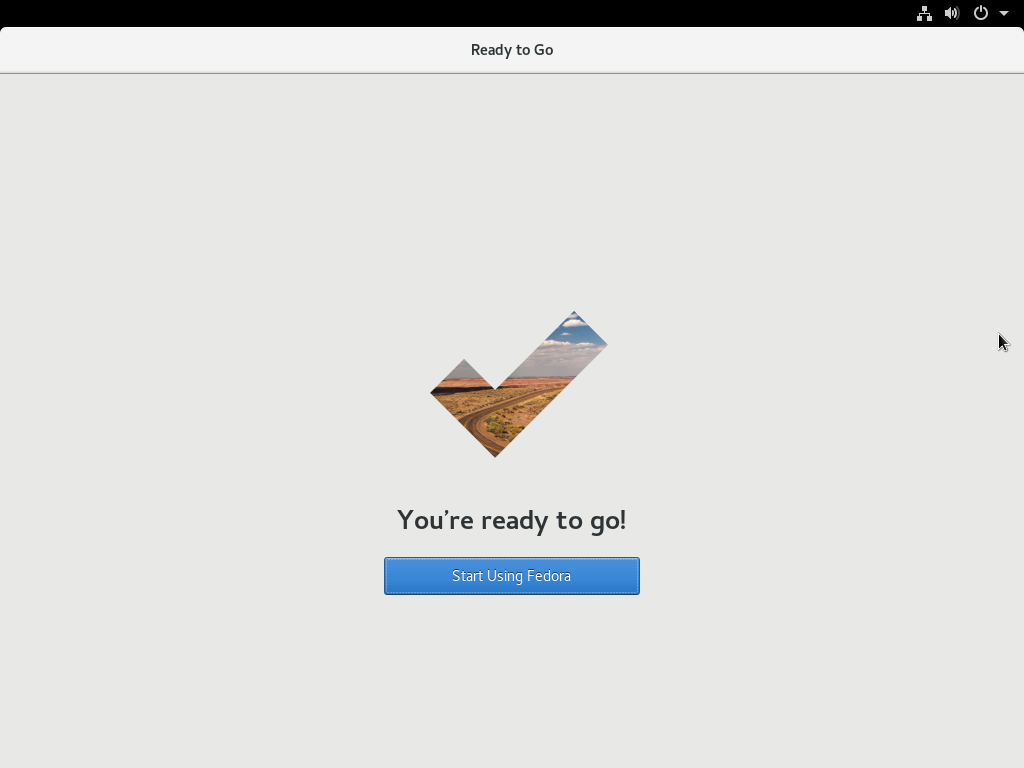
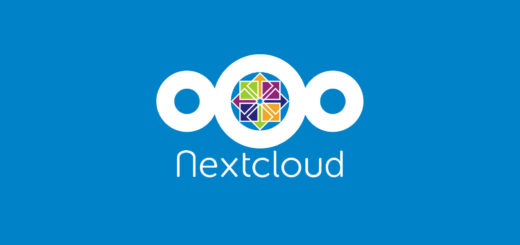

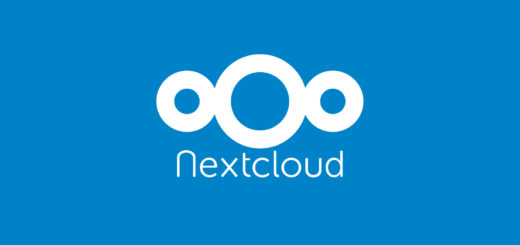






Recent Comments